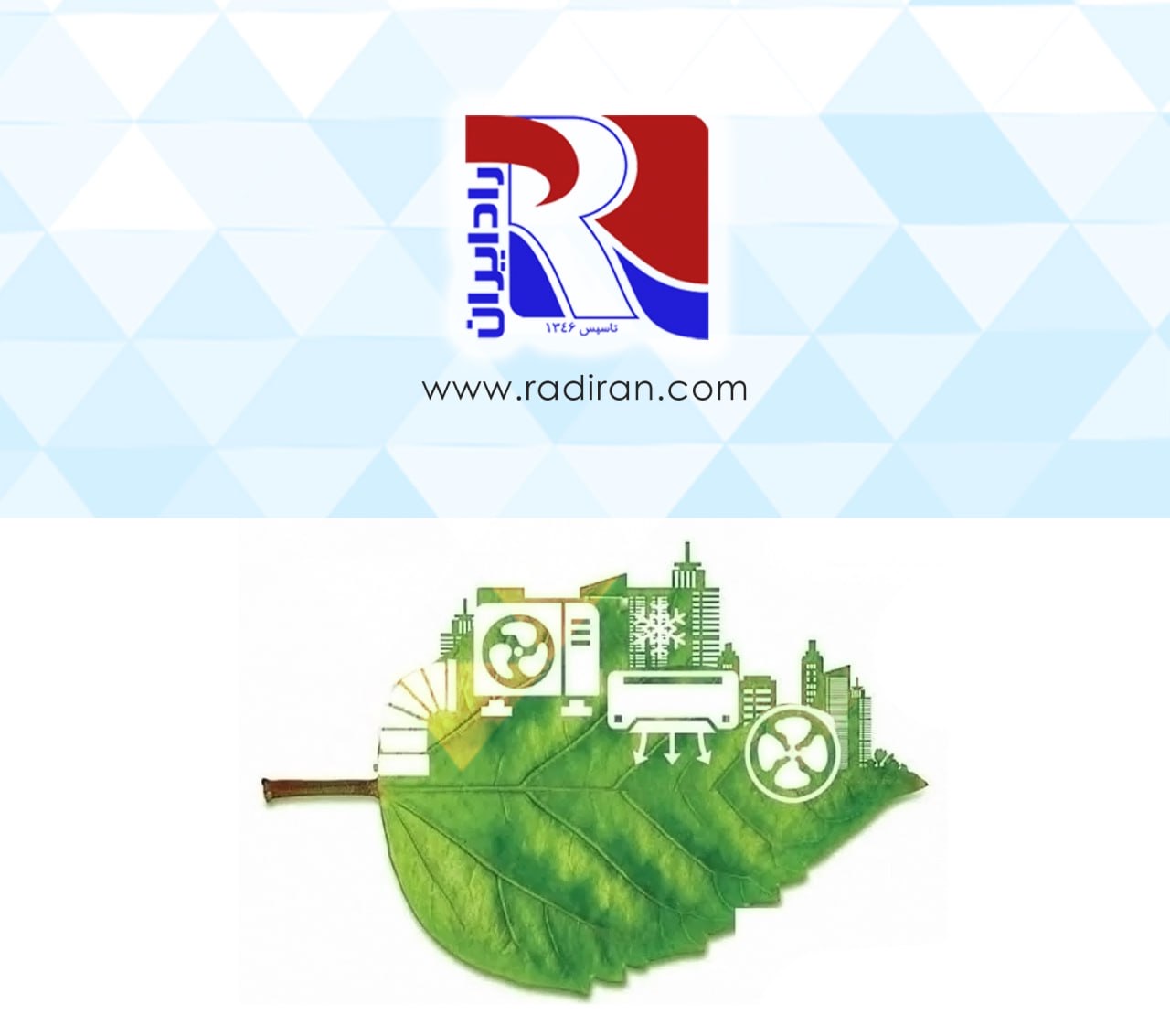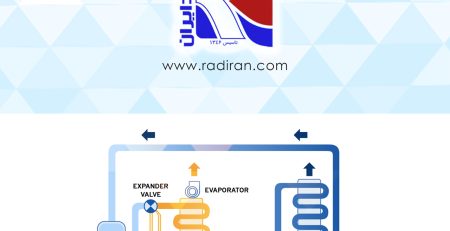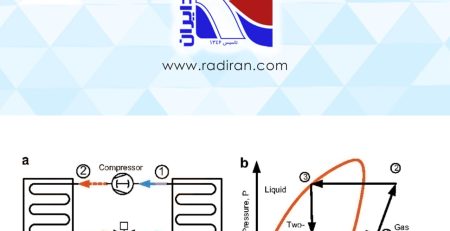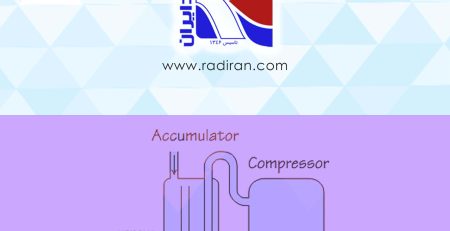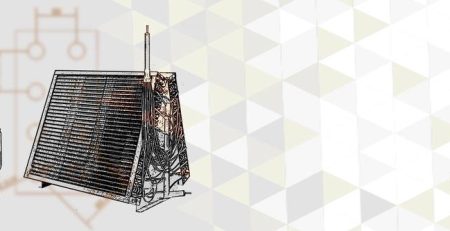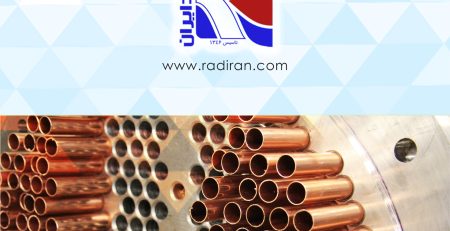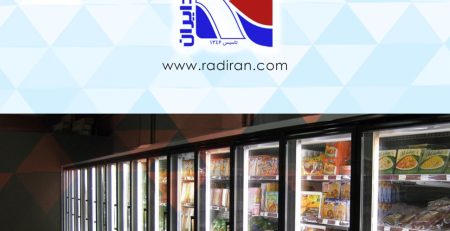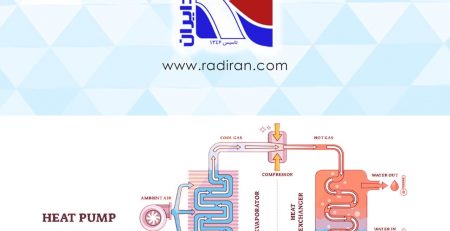HVAC Technologies based on green systems
HVAC (Heating, Ventilation, and Air Conditioning) technology has undergone significant advancements in recent years, particularly with a focus on green systems designed to enhance energy efficiency and reduce environmental impact. These innovations reflect a growing commitment to sustainability and a more conscientious approach to managing energy consumption in buildings.
Energy-Efficient Equipment: Modern HVAC systems incorporate advanced, energy-efficient components that significantly reduce energy consumption. High-efficiency furnaces, heat pumps, and air conditioners are engineered to deliver optimal performance while using less energy compared to older models. This not only helps in lowering energy bills but also contributes to reducing greenhouse gas emissions.
Smart Thermostats: The advent of smart thermostats has revolutionized how we control indoor temperatures. These devices utilize sophisticated algorithms to learn occupants’ schedules and preferences, adjusting the heating and cooling settings to match. They can be controlled remotely via smartphones or other devices, allowing for precise temperature management. This capability ensures that energy is not wasted when buildings are unoccupied or when fewer occupants are present.
Variable Refrigerant Flow (VRF) Systems: VRF systems represent a significant leap forward in HVAC technology. They use refrigerant as the medium for both cooling and heating, allowing for individualized control of different zones or rooms within a building. This flexibility ensures that energy is directed only where it is needed, enhancing overall efficiency and reducing operational costs.
Geothermal Heat Pumps: These systems leverage the earth’s stable underground temperature to provide heating and cooling. By transferring heat between the building and the ground, geothermal heat pumps offer a highly efficient alternative to conventional HVAC systems. They have a minimal environmental footprint, utilizing renewable energy from the earth, and can provide substantial long-term savings on energy bills.
Solar-Assisted HVAC: Integrating solar technology with HVAC systems is another effective way to improve energy efficiency. Solar panels can be used to power HVAC units or assist in heating water for applications such as radiant floor heating. This approach reduces reliance on conventional energy sources and minimizes the overall carbon footprint of the HVAC system.
Heat Recovery Ventilation (HRV) and Energy Recovery Ventilation (ERV): HRV and ERV systems enhance energy efficiency by recovering heat from the outgoing exhaust air and using it to precondition incoming fresh air. This process reduces the energy needed for heating and cooling, thereby improving the system’s overall efficiency and lowering energy consumption.
High-Performance Insulation and Windows: Improving building insulation and installing energy-efficient windows play a critical role in reducing the workload on HVAC systems. High-performance insulation minimizes heat loss and gain, while energy-efficient windows further enhance thermal performance. Together, these improvements ensure that HVAC systems operate more efficiently, resulting in significant energy savings.
Incorporating these green HVAC technologies not only helps in reducing carbon footprints but also contributes to more comfortable indoor environments. By investing in such systems, building owners can achieve lower energy bills, reduce their environmental impact, and support a more sustainable future. RADIRAN company has taken a big step in this direction, considering these issues and as the manufacturer of the main component of this system.

